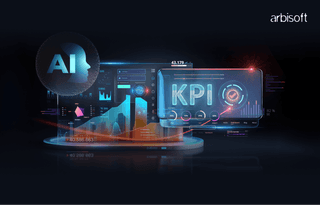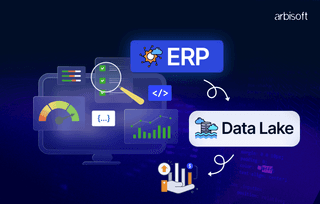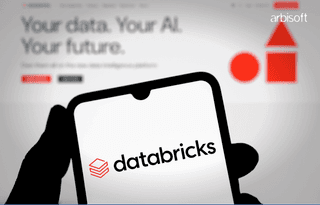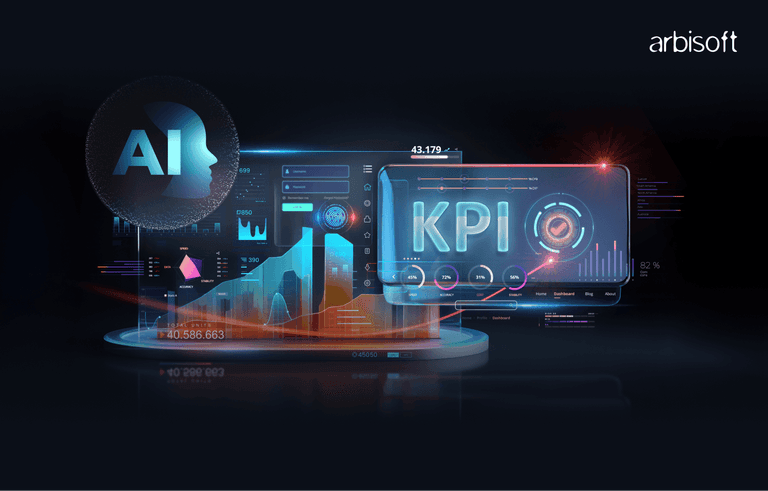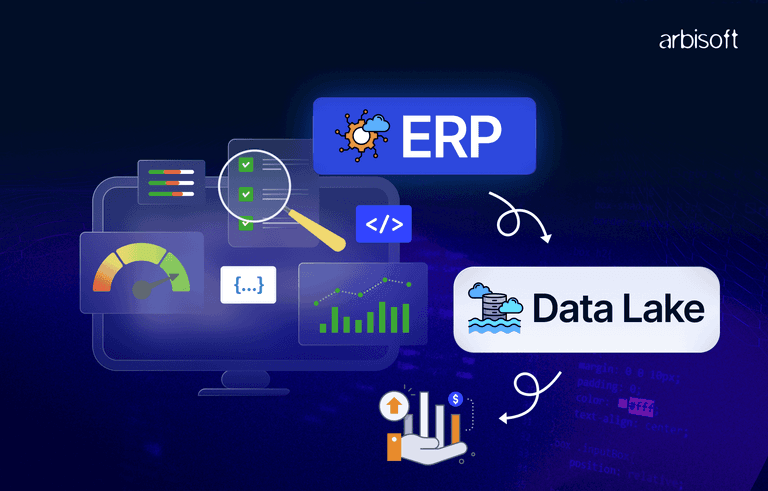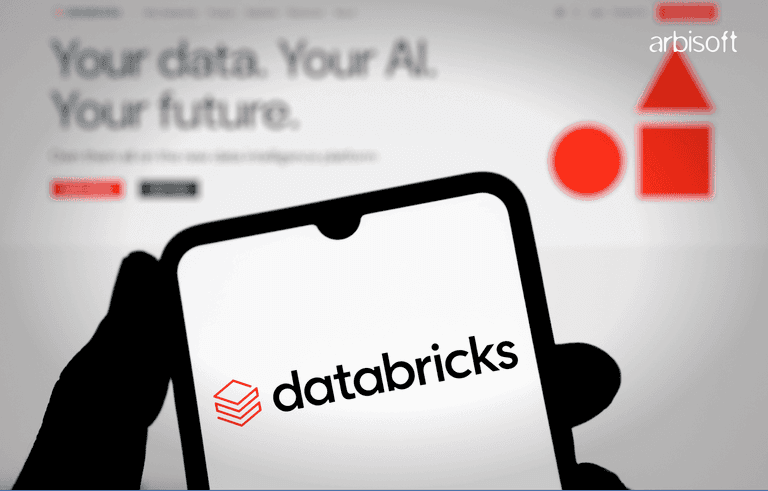We put excellence, value and quality above all - and it shows




A Technology Partnership That Goes Beyond Code

“Arbisoft has been my most trusted technology partner for now over 15 years. Arbisoft has very unique methods of recruiting and training, and the results demonstrate that. They have great teams, great positive attitudes and great communication.”
How Does Predictive Analytics in QA Improve Product Quality

Let’s be straight. The world doesn’t wait for bug fixes. If you’re stuck with manual quality assurance (QA), you know the feeling. It’s like bailing water out of a leaky boat with a teaspoon.
Old systems drag perfection down. But predictive analytics? That’s your crystal ball—one that actually works.
The Pressure of Outdated QA Processes
Change moves fast. Blink, and you’re already behind.
Rising Customer Complaints and Defect Trends
A few years back, most QA teams were reactive. I’d watch defect reports pile up after every major release. Customers complained. Some left. Patterns in bugs repeated like a bad song on loop.
Painful? Absolutely. And it was a mess that kept repeating.
The Impact of Manual QA on Product Quality
Manual QA can be thorough, but it’s slow. I remember the late nights with endless spreadsheets. Fixing one bug sometimes broke another.
Releases got delayed. Teams burned out. Customers weren’t impressed. Nobody won.
So, what changed the game?
Predictive Analytics in Quality Assurance: What, Why, and How
We’ve covered the headaches of the old way. Now, let’s talk about how predictive analytics in quality assurance flips the script.
What is Predictive Analytics for Quality Control?
Think of predictive analytics as an eagle-eyed scout. Instead of waiting for trouble, it digs into historical data—bug reports, user feedback, test results—and spots patterns.
It flags the most likely problem areas before the code even goes live. The more you feed it, the sharper it gets.
That’s the power of data-driven decision making in QA.
Why Do QA Teams Use Predictive Metrics?
Because guessing is a bad plan. With predictive metrics, you see which areas of software tend to fail, which testers find the most issues, or when a release is at risk.
Your team becomes proactive. You aim your energy where it matters most. That means fewer last-minute scrambles and more confidence before launch.
Predictive Quality Assurance vs. Traditional Methods
Traditional QA is like steering by looking in the rearview mirror—always reacting to what’s already happened.
Predictive QA? It’s like GPS—real-time, forward-looking, and ready to reroute before trouble hits. I don’t miss those crash-and-burn launches one bit.
Essential Steps for Implementing Predictive Analytics in QA
We’ve talked about what it is. Now let’s get into the essential steps for predictive analytics in QA.
Integrating Predictive QA With Legacy Systems
First step—get your data flowing. Old tools don’t always play nice. I’ve worked with ancient databases, messy formats, and stubborn platforms.
Start small. Connect the essentials. Expect a few hiccups in the beginning.
Data-Driven Decision Making in Quality Assurance
Once data is streaming in, the fun starts. You stop guessing which features are risky. Instead, predictive analytics tells you.
I trust the math over my gut any day when it comes to QA process optimization.
Prioritize Clean, Relevant Data for AI in QA
Not all AI is created equal. The use of artificial intelligence for quality improvement depends on feeding it clean, relevant, and substantial QA data.
Garbage in, garbage out. So prioritize data hygiene to keep predictive models accurate and reliable.
Predictive Analytics to Optimize the QA Process
We’ve set the stage. Now let’s talk about how predictive analytics actually changes the QA game day to day.
Predictive Analytics in Software Development Life Cycle
Bugs love to hide early in development. Predictive analytics in software development catches them before they hit production.
That means fewer emergency patches and a smoother launch.
Predictive Testing and Defect Prevention
Prevention beats cure. Predictive testing analyzes past defects to forecast where and when issues are likely to occur.
That means focused testing instead of endless cycles that drain time and resources.
QA Process Optimization With Real-Time Insights
I’m a big fan of live dashboards. If testing coverage drops or a high-risk module appears, I know instantly.
Real-time insights mean faster responses. No more “If only we’d known.”
ROI, Scalability, and Seamless Integration: What Directors Need to Know
We’ve covered operations. Now let’s talk leadership concerns—ROI, scalability, and integration.
Demonstrating ROI With Predictive Analytics
Leadership always wants numbers. Predictive QA lowers defect rates, cuts testing hours, and speeds up releases.
Less firefighting means more time for actual improvements. That’s ROI you can measure.
Ensuring Scalability and Future-Proofing QA
Predictive tools grow with you. As your datasets and products expand, the system keeps up.
No ripping out and replacing tools every two years.
Best Practices for Integrating Predictive Analytics With Existing QA Tools
Integrate first, replace later. Let predictive analytics run alongside your current QA tools.
Compare results, fine-tune, and ease the team into new workflows.
Conclusion: The Future of Predictive QA for High-Quality Products
We’ve gone from the pain of manual QA to the precision of predictive analytics.
It’s clear—predictive analytics in QA turns guesswork into certainty. Less rework, more confidence, happier teams.
You can keep patching leaks, or you can sail with a ship built to last. The choice is yours.








